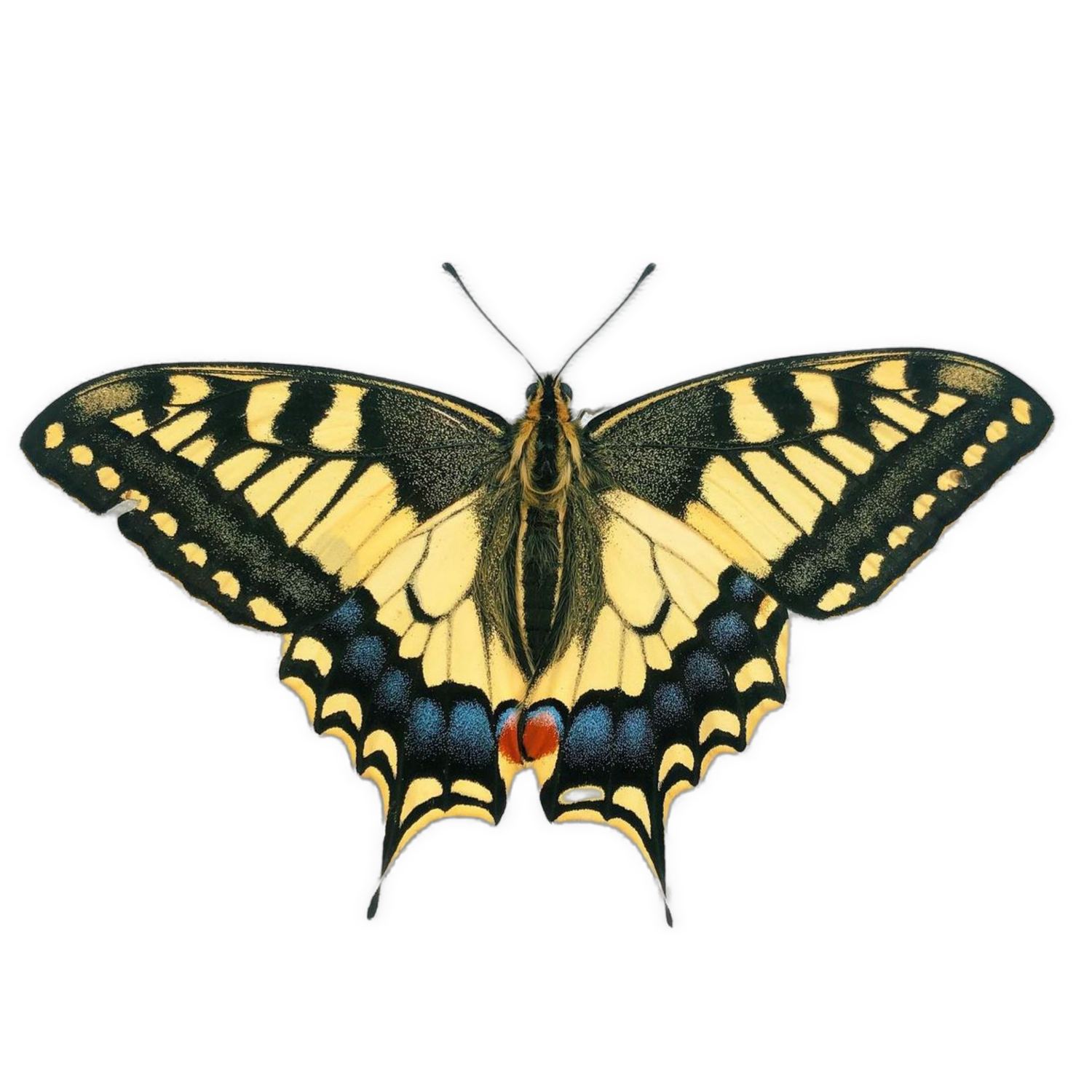Deilephila porcellus EGGS
Known as the Small Elephant Hawk-Moth due to its small size relative to elpenor, D. porcellus is also pink and yellow-brown in colour but these are comparably richer than those seen in elpenor. Moths emerge from late spring to mid summer, buzzing between flowers like Honeysuckle at night time. Pairings are very brief and may not be seen, but eggs being laid is a good sign that breeding has taken place - Bestraw and Willowherb are preferred host plants by females laying eggs. Caterpillars have a large appetite and quickly grow to reach pupation, in the wilds this would be underground but in captivity they will pupate on the base of the enclosure without issue. Pupae produced early in the year often emerge the same summer, but those reared later in the summer will overwinter and emerge the following spring, restarting the whole cycle!
Host plants: many different Bedstraws, also Willowherb and Purple Loostrife.
Difficulty: Straightforward (2/10)
Temperature: Room temp. or outside
Lifecycle: One brood per year; caterpillars pupate in autumn and moths emerge the following year
Known as the Small Elephant Hawk-Moth due to its small size relative to elpenor, D. porcellus is also pink and yellow-brown in colour but these are comparably richer than those seen in elpenor. Moths emerge from late spring to mid summer, buzzing between flowers like Honeysuckle at night time. Pairings are very brief and may not be seen, but eggs being laid is a good sign that breeding has taken place - Bestraw and Willowherb are preferred host plants by females laying eggs. Caterpillars have a large appetite and quickly grow to reach pupation, in the wilds this would be underground but in captivity they will pupate on the base of the enclosure without issue. Pupae produced early in the year often emerge the same summer, but those reared later in the summer will overwinter and emerge the following spring, restarting the whole cycle!
Host plants: many different Bedstraws, also Willowherb and Purple Loostrife.
Difficulty: Straightforward (2/10)
Temperature: Room temp. or outside
Lifecycle: One brood per year; caterpillars pupate in autumn and moths emerge the following year
Known as the Small Elephant Hawk-Moth due to its small size relative to elpenor, D. porcellus is also pink and yellow-brown in colour but these are comparably richer than those seen in elpenor. Moths emerge from late spring to mid summer, buzzing between flowers like Honeysuckle at night time. Pairings are very brief and may not be seen, but eggs being laid is a good sign that breeding has taken place - Bestraw and Willowherb are preferred host plants by females laying eggs. Caterpillars have a large appetite and quickly grow to reach pupation, in the wilds this would be underground but in captivity they will pupate on the base of the enclosure without issue. Pupae produced early in the year often emerge the same summer, but those reared later in the summer will overwinter and emerge the following spring, restarting the whole cycle!
Host plants: many different Bedstraws, also Willowherb and Purple Loostrife.
Difficulty: Straightforward (2/10)
Temperature: Room temp. or outside
Lifecycle: One brood per year; caterpillars pupate in autumn and moths emerge the following year
Deilephila porcellus is known as the Small Elephant Hawk-Moth for fairly self-explanatory reasons - it is similar in appearance and colouration but notably smaller than the Large Elephant Hawk-Moth, Deilephila elpenor. The pinks and brown-yellows of porcellus are typically also brighter than elpenor. There are several host plants accepted by this species, my preference is to use Willowherb, however they also eat various different species of Bedstraw (Galium). Purple Loostrife is also reported as a host. The adult moths are active during late spring and early summer, sometimes with a small second brood in later summer. They are active at night, often encountered buzzing between flowers - feeding from its favourites like Honeysuckle and Valerian. Rearing is easy, pupae that do not emerge this summer should be overwintered and will emerge in spring following cold storage.

